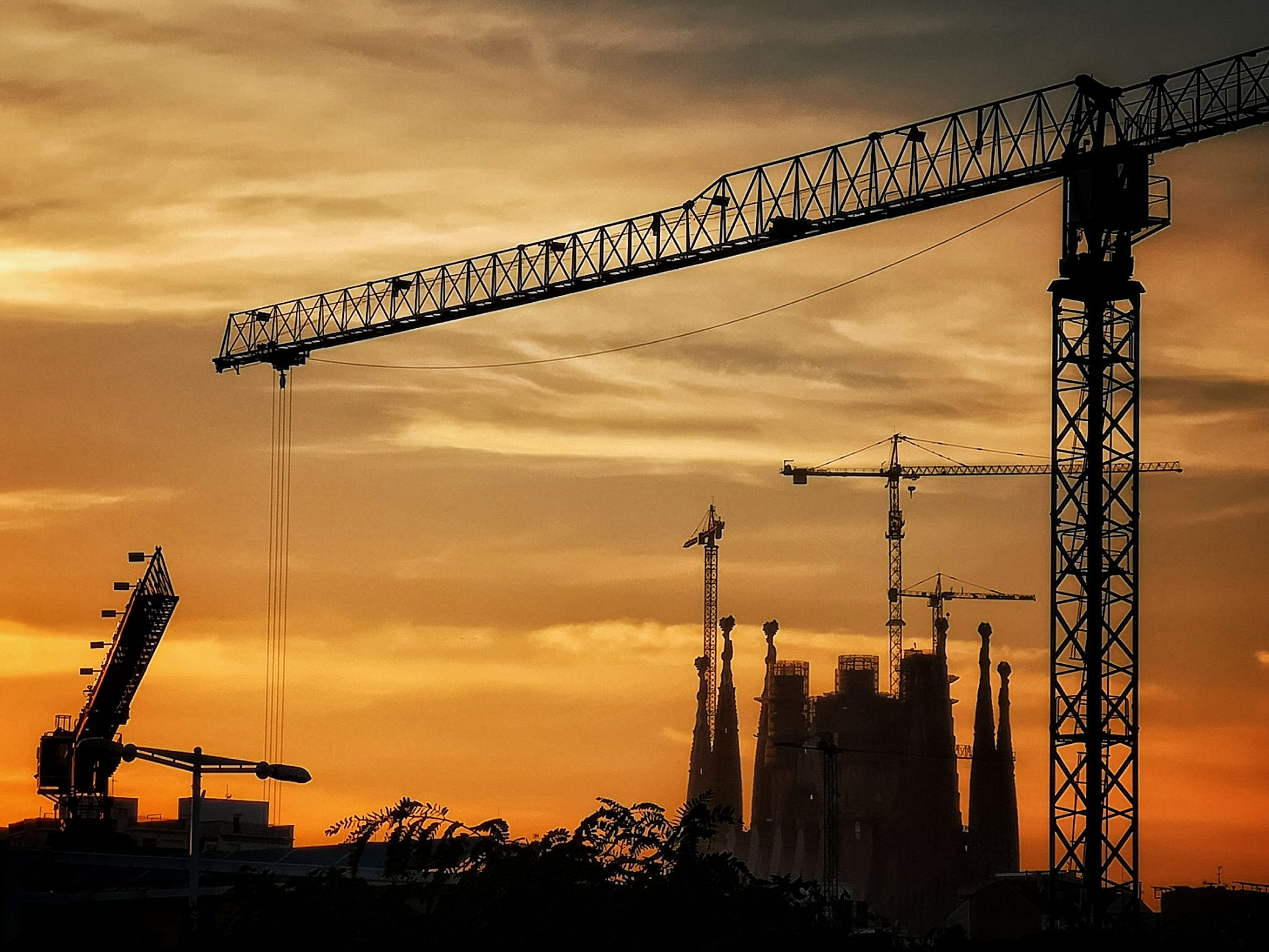
A 2020-2023 Overview
Barcelona, a city renowned for its rich history, cultural diversity, and architectural marvels, has been experiencing intriguing shifts in its real estate landscape between 2020 and 2023. This period has seen the convergence of various factors, including the global pandemic, economic uncertainties, and evolving preferences among property buyers and investors.
The Impact of the COVID-19 Pandemic (2020-2021)
The outbreak of the COVID-19 pandemic in 2020 had a significant impact on the real estate market in Barcelona, as it did worldwide. Lockdowns, travel restrictions, and economic uncertainties led to a temporary slowdown in the market. The demand for short-term rentals, a popular choice among tourists, dwindled as international travel came to a halt.
Property prices experienced a brief stabilization as both buyers and sellers adopted a wait-and-see approach. However, despite the initial challenges, the resilience of the Barcelona real estate market became evident as the city gradually reopened and adapted to the new normal.
Rise of Remote Work and Suburban Resurgence (2020-2022)
The surge in remote work brought about a shift in preferences among property seekers. Many individuals, no longer tied to a specific location for work, began to explore housing options outside the bustling city center. This led to a resurgence of interest in suburban areas surrounding Barcelona.
Suburban neighborhoods, offering a blend of tranquility and accessibility, witnessed increased demand. Properties with spacious interiors, outdoor spaces, and proximity to essential amenities became highly sought after. Developers adapted by incorporating more flexible and remote-work-friendly features into new projects.
Sustainable and Tech-Integrated Developments (2021-2023)
As environmental concerns gained prominence globally, Barcelona’s real estate market responded with a growing emphasis on sustainability. Developers increasingly incorporated eco-friendly features into new constructions, including energy-efficient designs, green spaces, and the use of sustainable materials.
Additionally, technology integration became a key trend, with smart homes and automated systems becoming more prevalent. Homebuyers showed a growing interest in properties equipped with the latest technological advancements, such as smart security systems, energy-efficient appliances, and home automation.
Government Measures and Market Stability (2022-2023)
To ensure market stability and address concerns about affordability, the local government in Barcelona implemented measures to regulate rental prices. The goal was to strike a balance between the interests of landlords and tenants, creating a more sustainable and predictable rental market.
Stimulus packages and incentives for property developers also played a role in maintaining the resilience of the real estate market. These measures aimed to support the construction of affordable housing and promote economic recovery.
Conclusion
The real estate landscape in Barcelona between 2020 and 2023 reflects a dynamic interplay of global events, changing lifestyles, and evolving market preferences. The city’s ability to adapt to challenges, embrace sustainability, and integrate technology has positioned it as a resilient and attractive destination for property buyers and investors alike.
As Barcelona continues to navigate the post-pandemic era, keeping an eye on these trends can provide valuable insights for those interested in the city’s real estate market. Whether seeking a cosmopolitan lifestyle in the heart of the city or a serene retreat in the suburbs, Barcelona offers a diverse range of options that cater to the evolving needs of its residents and investors.